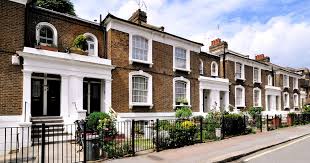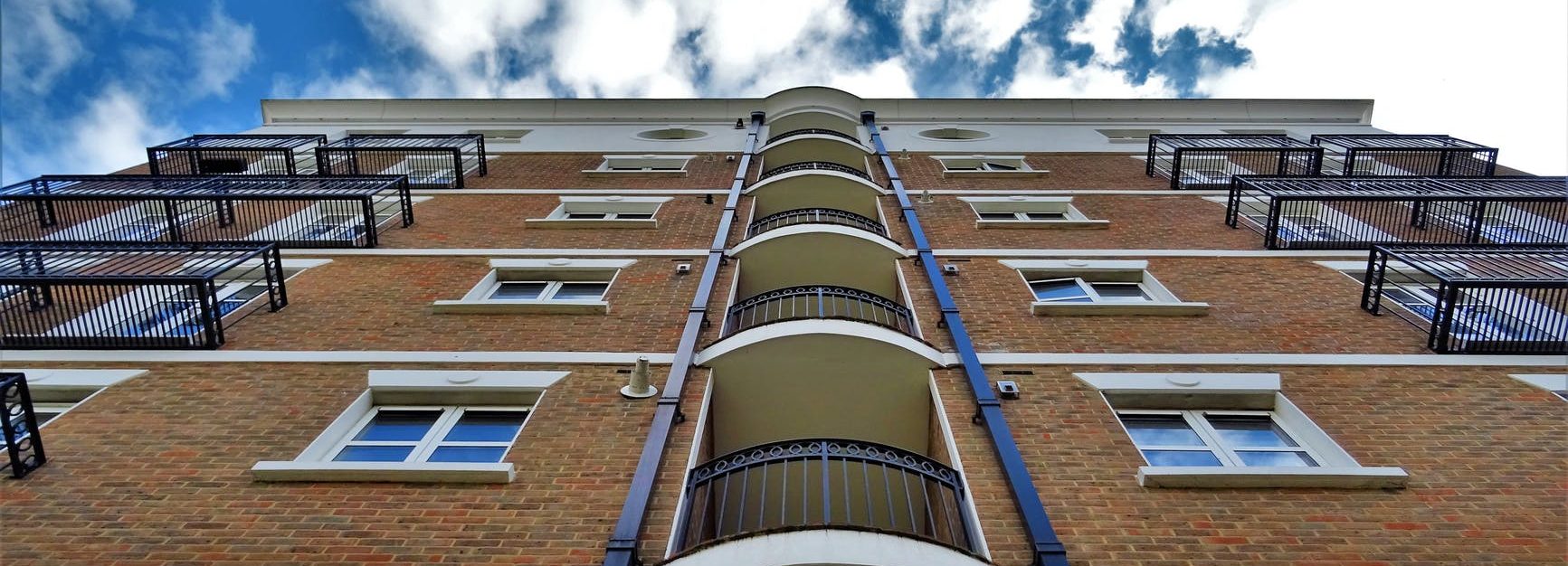
House and Flats
VAT for most work on houses and flats by builders and similar trades like plumbers, plasterers and carpenters is charged at the standard rate of 20% – but there are some exceptions.
Zero rate VAT
You may not have to change VAT on some types of work if it meets certain conditions, including:
- Building a new house or flat
- Work for disabled people in their home
Reduced rate VAT
You may be able to change the reduced rate of 5% for some types of work if it meets certain conditions, including:
- Installing energy saving products and certain work for people over 60
- converting a building into a house or flats
- renovating an empty house or flat
Building new homes
You may not have to charge VAT on labour or building materials for work you do on a new house or flat. For work to be zero-rated for VAT, it must qualify as a genuinely new, self-contained house or flat. This means:
- Its self contained – there aren’t any internal doors or connections to other houses or flats
- It can be used independently of any other property, including businesses
- It can be sold on its own
- It has proper planning permission
- Any existing buildings on the site have been demolished completely to ground level (unless you are extending an existing building to create a new house or flat)
Work that’s zero-rated for VAT must take place during the construction project, or be closely related to it (e.g. demolishing existing buildings and preparing site). This is known as work done ‘in the course of construction’. You can’t zero-rate work you do after a buildings finished, apart from correcting defects in the original work (‘snagging’)
All labour on a qualifying building can be zero-rated, but there are special rules on what counts as building materials for VAT purposes.
Work for disabled people
You may not have to charge VAT on alterations you make to a disabled person’s home, or certain equipment you supply for their personal use. To be zero-rated for VAT, the work you’re doing needs to be for someone with a:
- Physical or mental impairment that has a major long-term effect on their ability to do everyday activities
- Condition that the medical profession treats as a chronic sickness
- Terminal illness
Someone who’s temporarily disabled or incapacitated, or elderly and frail but not disabled, doesn’t qualify. However, you may be able to charge reduced-rate VAT at 5% on mobility aids, heating and security work for people over 60. Work on a disables person’s home that can be zero-rated includes:
- Building a ramp
- Widening (but not building)a doorway or passage
- Installing, extending or adapting a bathroom, washroom or lavatory to suit their condition
- Installing, repairing or maintaining a lift used to help them move between floors
- Preparation and restoration of the immediately surrounding decor
You don’t have to charge VAT if you supply, install, repair, maintain or adapt certain equipment specifically designed for disabled people if its for personal use in their home. This includes:
- Adjustable beds
- Hoists
- Chair and stair lifts
- Sanitary devices
- Alarms
- Parts and accessories for qualifying equipment
- The cost of adapting something for a disabled person
Energy saving and mobility
You may be able to charge the reduced rate of VAT (5%) for work in residential properties to install:
- Certain energy-saving, heating and security products
- Mobility aids for people over 60
This includes the cost of the products themselves if you install them – but if you only supply them you must charge the standard rate of 20%.
You can charge the reduced rate of VAT on work you do to install qualifying energy-saving products, and certain grant-funded heating and security equipment for people over 60 or on benefits.
You can also charge the reduced rate for extra work you need to do as part of the installation. But you must charge the standard rate of 20% on all work if the installation is just part of another, bigger job.
Other types of building
You may not have to charge VAT for some work you do on certain types of buildings that aren’t houses or flats, including:
- Civil engineering work to develop a residential caravan park
- Approved alterations and substantial reconstructions to protect buildings
- Converting a non-residential building into a house or communal residential building for a housing association
- Constructing certain buildings used by charities for a ‘relevant charitable purpose
There are also certain types on communal residential building that you don’t have to charge VAT on, including:
- Children’s homes
- Residential care homes
- Hospices
- Student accommodation
- school boarding houses
- Armed forces’ accommodation
- Monasteries, nunneries and similar buildings
Source: This article is our attempt to make the HMRC VAT Notice on New Builds and Renovations accessible to all. Why not leave a comment and let us know how we did.
For further information on this and other topics contact us at 01332-369999 or through the contact page of our website http://www.milestone-solutions.co.uk

Tony,
Great post!
Regards Reg
Thanks Reg really appreciate the feedback.